Disaster scenarios and quasi-collapse scenarios all affect essential functions of life. The ability to maintain safe food storage and preparation at all times is a point where you will feel the effects very quickly.
This is why decentralizing the kitchen is very important. As with other aspects of decentralizing your home, some parts are initially more expensive or complicated than others. These things can still save you a good bit of money over time while enabling you to be ready for almost any emergency.There are two parts to creating a mobile kitchen:
- Make it easy to move everything but the sink so you can reconfigure to accommodate other furnishings.
- Being able to move food and food preparation items to another room in case you need to make that room your kitchen in a time of crisis.
Get Rid of the Cabinets
Cabinets above shoulder height can be hard to get into as you age, or try to deal with shoulder, back, and neck injuries. Under-counter and under-sink cabinets can hide leaks in surrounding appliances and hide signs of foundation damage due to settling.
No matter where fixed cabinets are, they can have the same problems:
- Cabinets are the perfect home for insects, rodents, and other vermin. The less you disturb or use cabinets, the more they will appeal to these creatures.
- Cabinets are also the perfect place for mold and mildew to build up if you live in a damp area.
- When you put something in a cabinet, you tend to forget about it over time. The end result is stale food, medications, unused cookware, and worn-out gadgets building up to a point where all that “valuable storage space” winds up being wasted.
- Having all that junk around may create a false sense of wealth and security. This may prevent you from obtaining, storing, and maintaining supplies that can be used to secure your home and well-being in a time of crisis.
- Cleaning supplies and other items may be a chemical hazard because of their age and condition. These may sit in dark cabinet corners or unused areas for years on end.
Now is the time to replace heavy sinks (and their cabinets) with lighter basins and open-style supports. You can still fit plastic shelves under the sink to accommodate cleaning supplies. From there, it will be easier to keep track of what you have on hand and ensure it is all in good condition and ready for use.
This is also the time to get rid of other kitchen cabinets. Replace them with wheeled carts or other shelves that are easy to move. Even something as simple as a three-shelf bookshelf can give you plenty of counter space for small appliances and sufficient storage space. Apply removable contact paper so the shelf surfaces are easy to keep clean and sanitized.
Open structures with narrow shelves discourage insects and vermin. They also make it easier to keep the floors clean under the shelves. If you have a dishwasher or other appliance that may develop hidden leaks, being able to see into areas currently hidden by cabinets may save you a good bit of money and reduce the risk of water damage to your home.
Once you get rid of all the junk, it is also much easier to see how you can move the carts and shelves around to easily accommodate an inflatable bed, a tent, and a portable toilet. Ideally, you should be able to move everything but the sink out of your kitchen in under an hour or reconfigure for an emergency in under 15 minutes. This includes dealing with leaking plumbing just as much as preparing to shelter during long- and short-term crisis events.
Mobile Work Surfaces
No matter whether you have to cut vegetables or knead bread dough, you will always need work surfaces that are sturdy and easy to clean. Regardless of the room, you can use any sturdy table for this purpose. For example, if you have a sturdy end table in the living room, you can use that as a food preparation surface if you have to move the kitchen in there.
To get the most out of any table, keep a portable cutting board and a few knives in a separate kit. Then, use a silicon mat large enough to cover the entire table. Just keep the mat clean and rolled up until you need it.
Mobile carts and shelves won’t work for cutting food, mixing ingredients, or kneading bread. They are still acceptable for using and holding small appliances such as toasters, griddles, and hotplates that don’t move around much.
Mobile Cooking Appliances
When you are used to cooking on a gas or electric range, you may not give much thought to the size of pots and pans, or the material they are made from. Everything changes when you have to use a hot plate that only takes 1100 watts. The challenges are even greater when you don’t have electricity and must rely on solar, fire, or some other means to heat up your food.
- If you have electricity during a crisis, opt for smaller, lightweight pots and pans with bottoms that transfer heat more efficiently.
- Keep one or two pots and pans made for use over an open fire.
- For preparing larger amounts of food, use electric skillets, instant pots, and other devices with an element designed to provide enough heat.
- Use thermoses for cooking. As long as you can boil water, thermoses allow you to cook grains, pasta, and soups using less fuel.
- Make sure you have both manual and electronic thermometers to make sure the internal temperature of the food is high enough to kill germs.
Refrigeration and Freezing
The sad reality is most people use their refrigerators and freezers as a place to store garbage for months on end before finally throwing it out. There are two stages to reducing your reliance on these large, power-hungry devices during daily life and ensuring you can get through just about any disaster.
In stage one, you will be best served by buying a small refrigerator and a separate freezer. Most websites say you need 4 to 6 cubic feet of refrigerator space, and 2 – 3 cubic feet of freezer space for each person. If this is what you are using now, start off by cutting that in half, or better yet, 1/3. Here are some benefits you will notice immediately:
- You will be less inclined to buy items that most often wind up as wasted food, or purchase smaller amounts that you will actually use before they go bad. According to Taste of Home, Americans spend about $3,000 a year on food they wind up throwing out. Of the top 10 items on the list, 6 of them – lettuce, milk, carrots, meat, eggs, and deli items require refrigeration.
- Cooking smaller portions will also help reduce the waste associated with leftovers. According to Feedstuffs, the average household throws out around 6 cups of “leftovers” each week.
This will help you cut back on unnecessary purchases and ensure you eat what you store rather than throwing it away months later. It will also encourage you to cook smaller meal portions, which will eliminate food waste generated when you don’t eat those leftovers. This can save around 1/3 of your food bill and some of your current electric bill.
Even though purchasing a smaller refrigerator and freezer may seem like a big expense, you will make that money back very quickly when you successfully curb your grocery purchases. If environmental disasters significantly impact food production and transportation, you can expect food prices to get even worse than they are right now.
The next stage is to reduce refrigeration, and freezer needs to only what you need for medical purposes and foods you will consume in a day or two. Camping refrigerators that can run on a solar generator might be useful. Your goal is to reduce refrigerator and freezer space to around 2 – 3 cubic feet combined.
You can also look into dry ice alternatives that will work in heavily insulated coolers. The problem with these ice alternatives is you will still need to keep them in a freezer. During an emergency, however, they can keep your food cold or frozen for days to weeks, depending on how many units you use and the size of the cooler.
Alternatives to Refrigeration and Freezing
Canning, dry foods, smoking, pickling, and dehydration are all good ways to prepare bulk foods for use later on without the need for refrigeration and freezing. Try to prepare the food in single-serving jars or packaging so that you don’t have a problem with storing the food once it’s opened. You can still accomplish all of these tasks in a mobile kitchen. Then, store the food on wheeled carts that you can move to a location in your home that winds up being your panic room.
Decentralizing your kitchen is an essential part of ensuring you can use it as a panic room or move items as needed to another room. You can also build cost-saving elements into this process that will help you right now.
References
These are the Top 10 Most Wasted Foods. Retrieved from: https://www.tasteofhome.com/article/most-wasted-foods
Survey finds U.S. households waste 6.2 cups of food per week. Retrieved from: https://www.feedstuffs.com/market-news/survey-finds-u-s-households-waste-6-2-cups-of-food-per-week

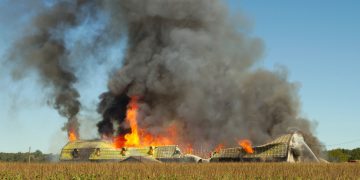



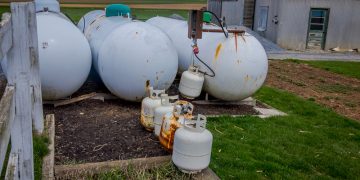
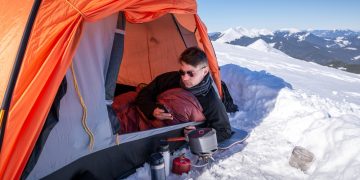

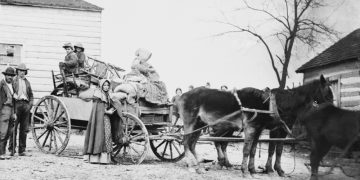

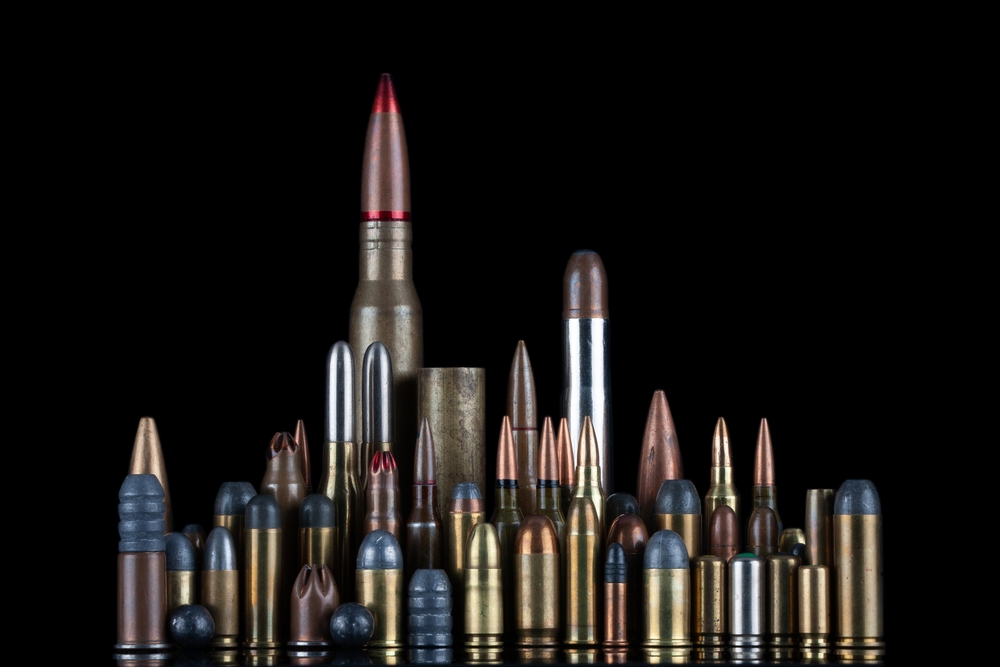
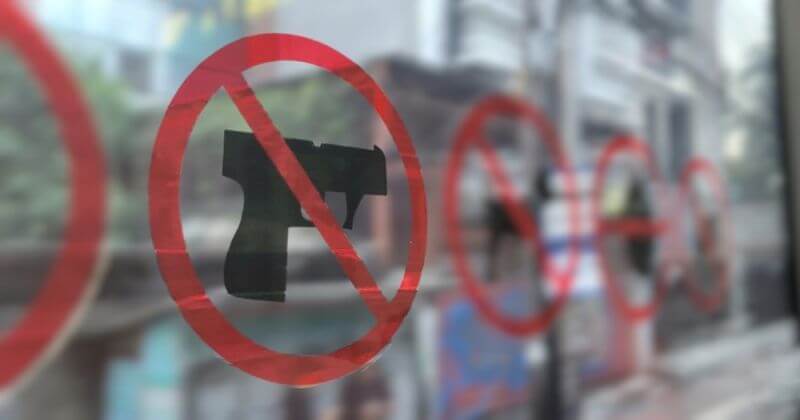


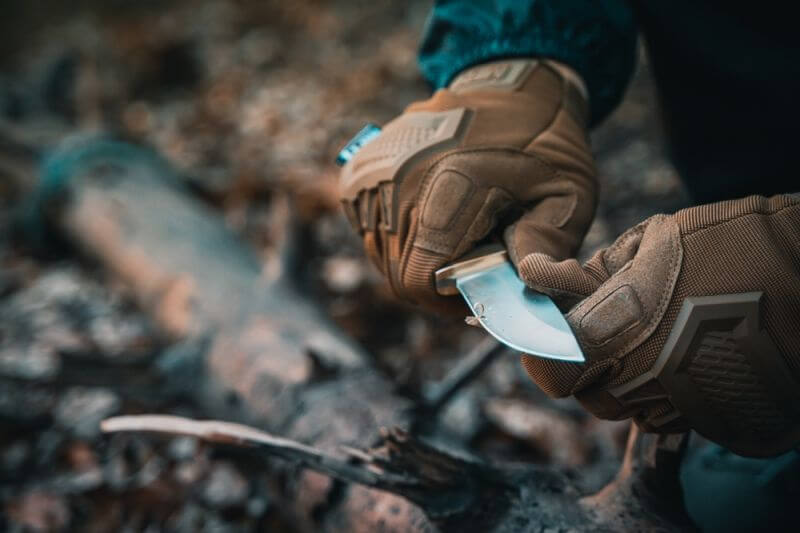
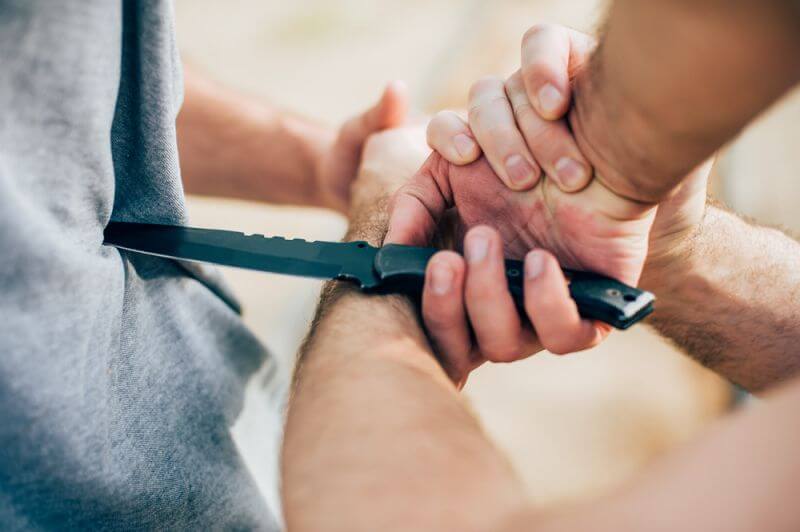
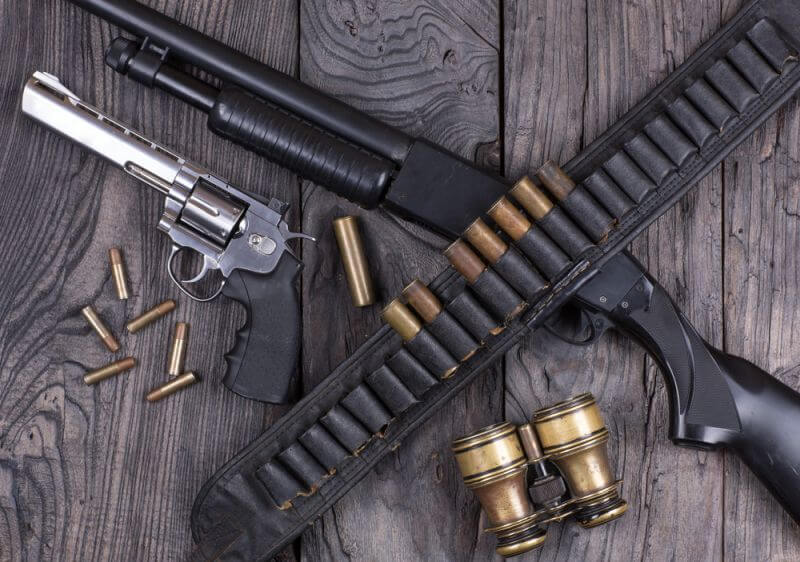
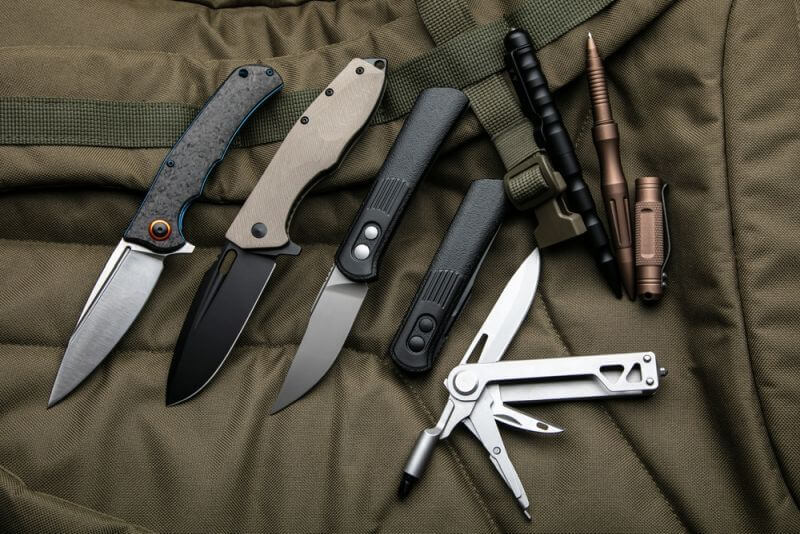

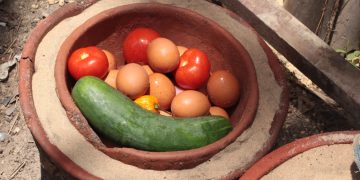

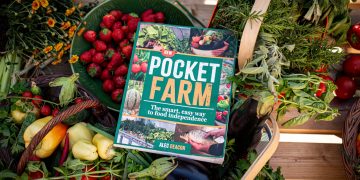

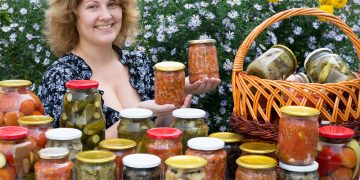


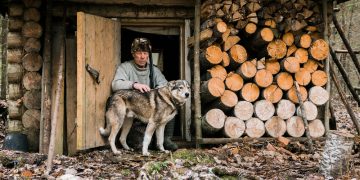


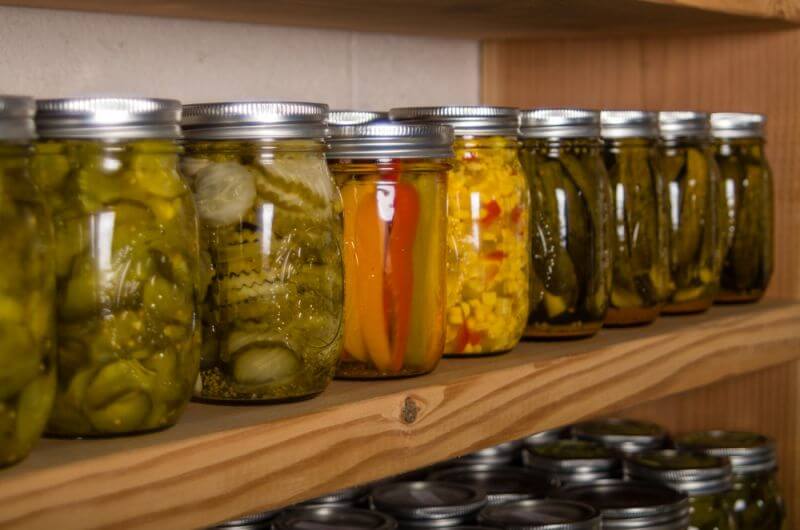





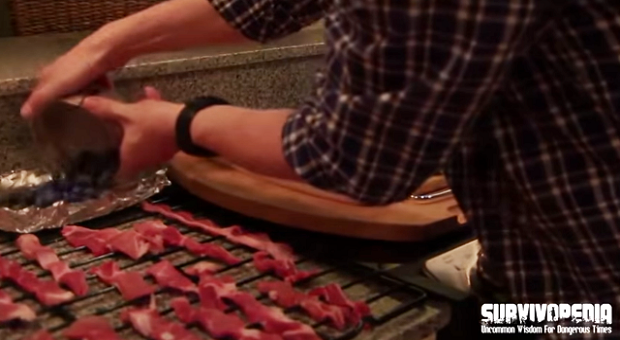



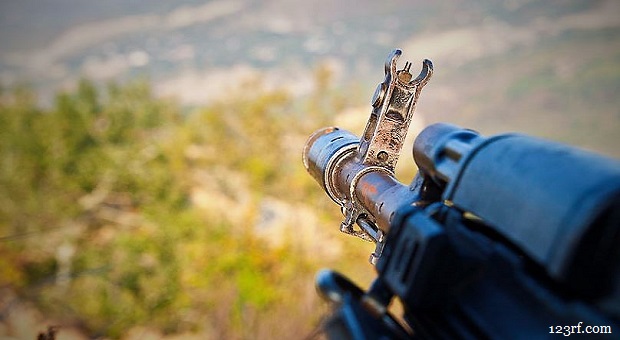
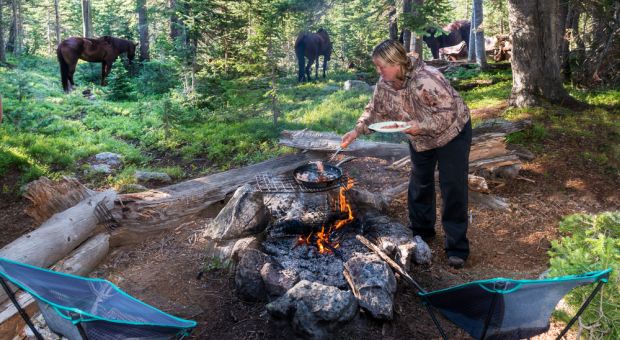
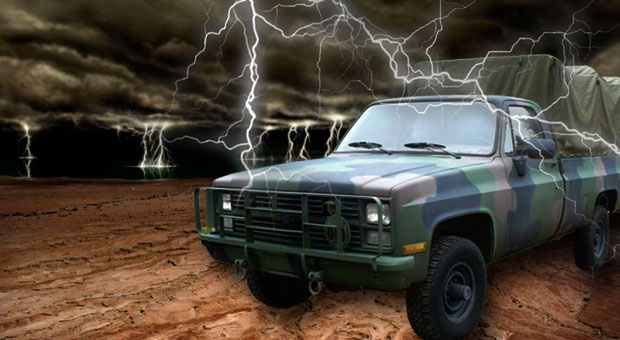
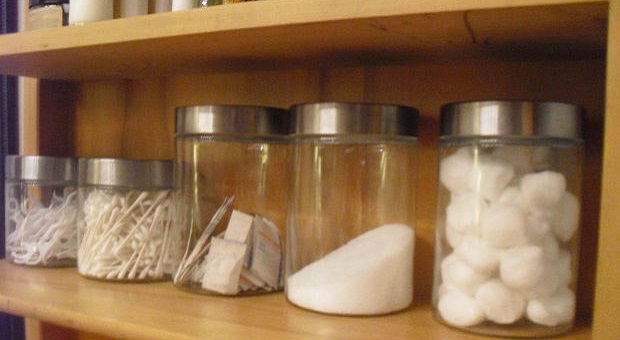
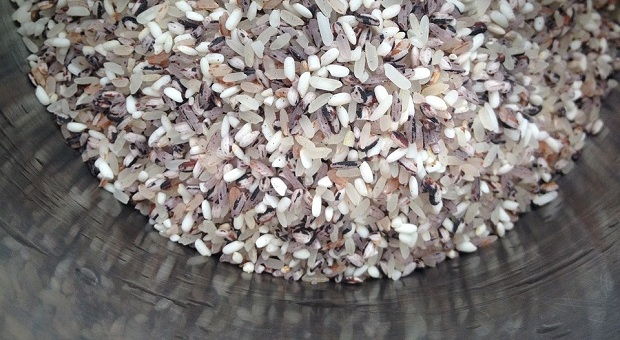
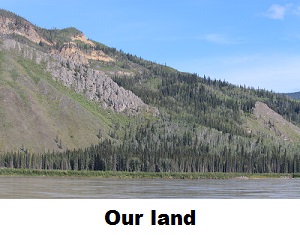






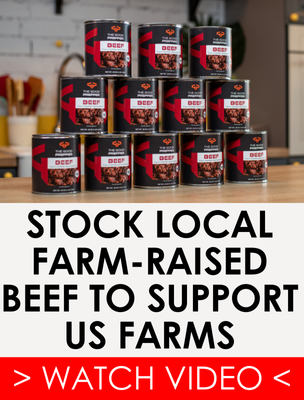
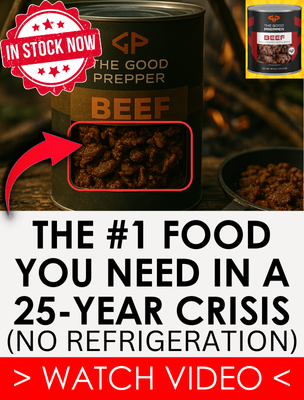

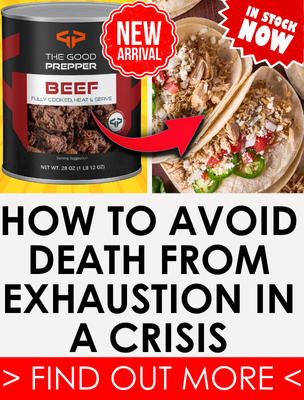
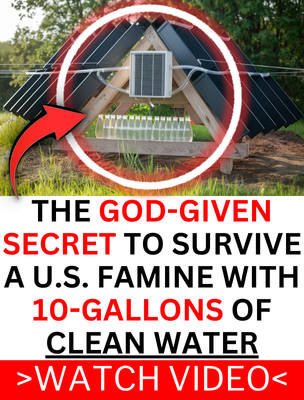
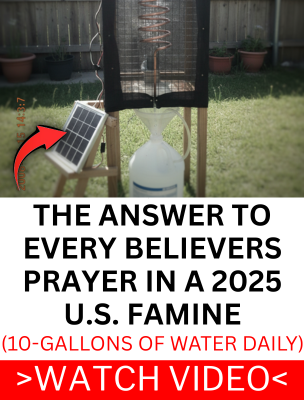
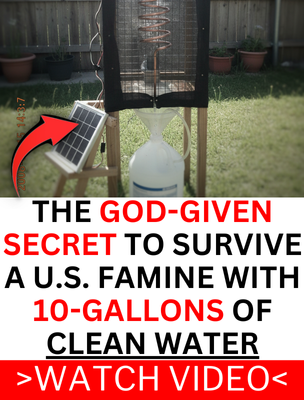



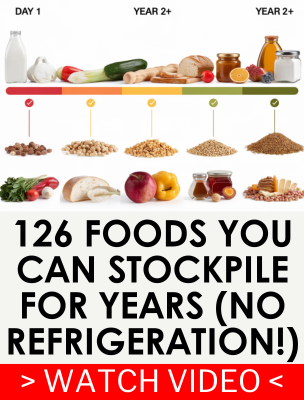
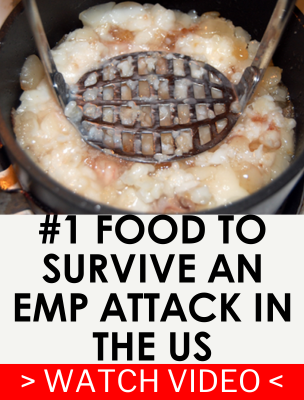
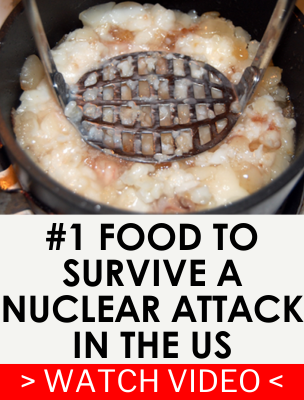

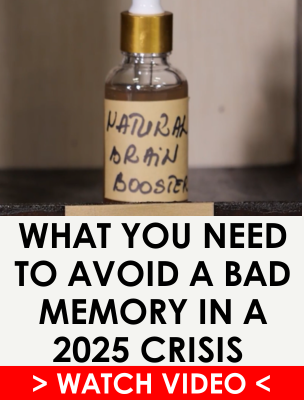
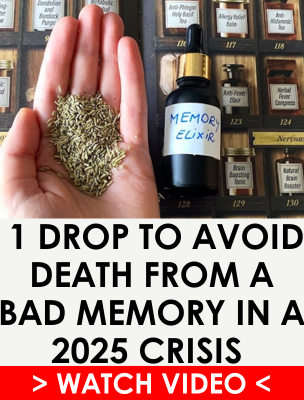
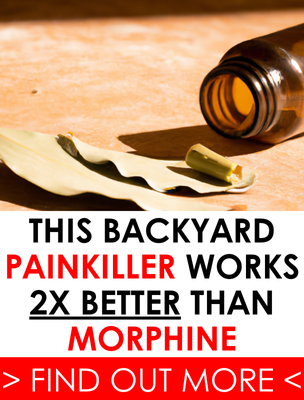


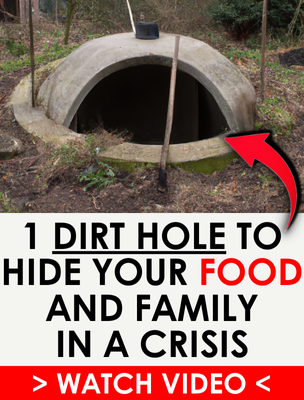
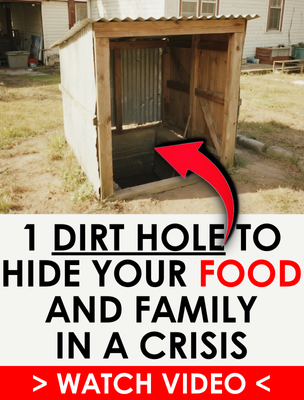
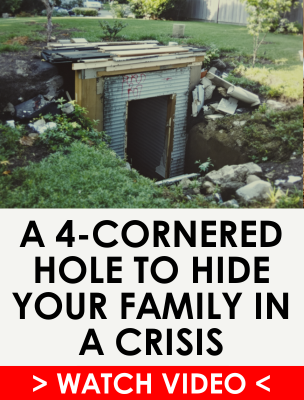

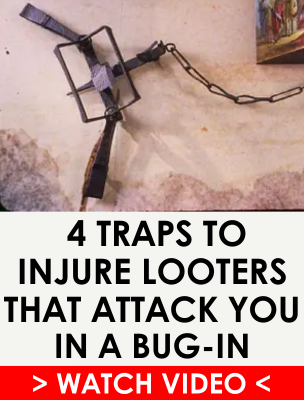
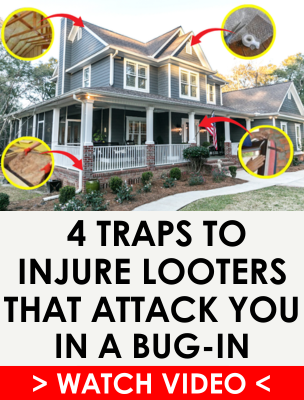






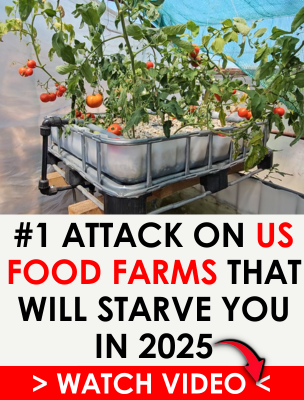
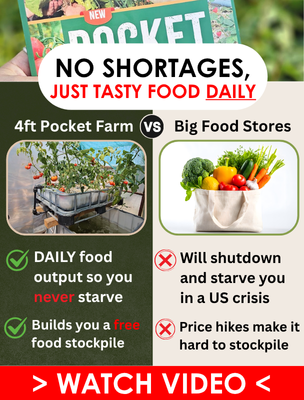


The suggestions about getting rid of cabinets in the kitchen sound like a manual on how to lower the value of your home and increase the “ugly” factor. Not only that but keeping things behind closed doors decreases the rodent and insect access rather than inviting it. Cabinets that are constructed properly protect their contents and, since the bottoms are closed and sitting directly on the floor, they do not make it more difficult to keep the floor underneath clean nor do they allow access for bugs and rodents. Having open shelves with a gap between the floor and the bottom shelf makes cleaning under them a nearly impossible task without emptying and moving those shelving units. That is not a chore I want to tackle, especially when dealing with a disaster scenario. How about just keeping your cabinets clean and reorganizing once every year or so to get rid of expired and stale foodstuffs and unused gadgets?
If you follow the usual practices recommended by and for preppers, you should not need to be concerned with your kitchen’s bult-ins nor your supplies and appliances. And the chances are pretty good that, during most times of inconvenience, instead of moving things out of my kitchen, I will be spending a good portion of my time IN my kitchen since that is where I have auxiliary heat in the form of my stove and oven, that is where I have the most fire-resistant surfaces, water-resistant surfaces and the most flat work surfaces for preparing food and doing lots of other tasks. Of course, your mileage may vary.
To each their own. This is one of the first times I’ve nearly wholly disagreed with Carmella’s suggestions. Sure thankful they’re suggestions, not law. Sounds like good food control practices are not part of her long suit. I’d not alter the refrigerator or freezer space I have at all, nor does freezer contents go in the garbage every however often she mentioned. Not sure what her practices are, but freezer burn is not something I have to worry about since I wrap my own meat so that it won’t freezer burn. I’ve opened packages of meat that are 7 to 10 years old and not a spot of freezer burn on them. No one is going to buy a full, 1/2 or even a 1/4 of a cow, cut it up, package and freeze it without sufficient freezer space. No one is going to go hunting (if they have any brains at all) for meat and wast 90% to 95% of the carcass because they have no freezer space, unless they’re well equipped to smoke it, even worse can it, or otherwise preserve it other than freezing it. So, for my needs I have the fridge and freezer space that I’m unwilling to give up and also have the backup power sources to keep it running. Agree with Agatha as well about cupboard space/cabinetry. Sounds like a lot of poor building planning has been part of what Carmella has seen or experienced. I’m not saying good craftsmanship is the norm, most builders these days are garbage builders and they build cheap junk style building at top prices. It is a shame and to the point that I know several “client” types who have through lawyers gotten basic contracts written that any contractor has to sign to qualify to do the work, and those contracts state that this contract has precedence over contractor contracts if there is a disagreement. It’s led to good work being done by ethical people while the slovenly contractors run as the cheating people they are.
My wife AND any realtor would run screaming at the very idea of me arranging my kitchen area in this fashion. As to food storage, the entire point of preparing ourselves is to have a healthy stockpile of food and other items, and most of the people reading this group’s content will be well informed about wasting food. It’s rare that I find a can of beans or soup or even hot cocoa powder in the rear of a cabinet that is old enough for me to decide to toss it.
The earlier comments are spot on and don’t need me repeating the same sentences,,,,,, suffice to say I don’t plan on reducing my frozen meals capacity any time soon. Even if my power were to be unrestorable, I could make my existing basement freezer keep foods for WELL OVER a week, using the sheets of styrofoam insulation I have stored, and could wrap around that freezer.
Even with all the other chores I will have to deal with, I ought to be able to get the bulk of that food either cooked and preserved, or canned or dehydrated, although the last would probably be the most challenging given time and space constraints. (Heaven forbid I share any of it, lol)